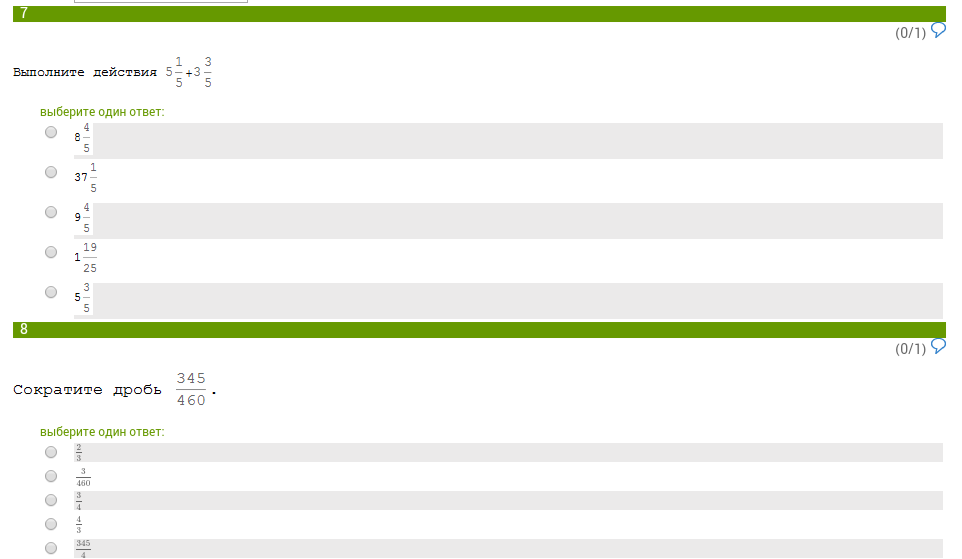Предмет: Математика,
автор: Аноним
ребята,помогите пожалуйста)
Приложения:

Ответы
Автор ответа:
0
в первом 8 целых 4/5
а во втором 3/4
Похожие вопросы
Предмет: Геометрия,
автор: kniga00
Предмет: Английский язык,
автор: ira178321
Предмет: Математика,
автор: duusk
Предмет: Математика,
автор: Светик141082